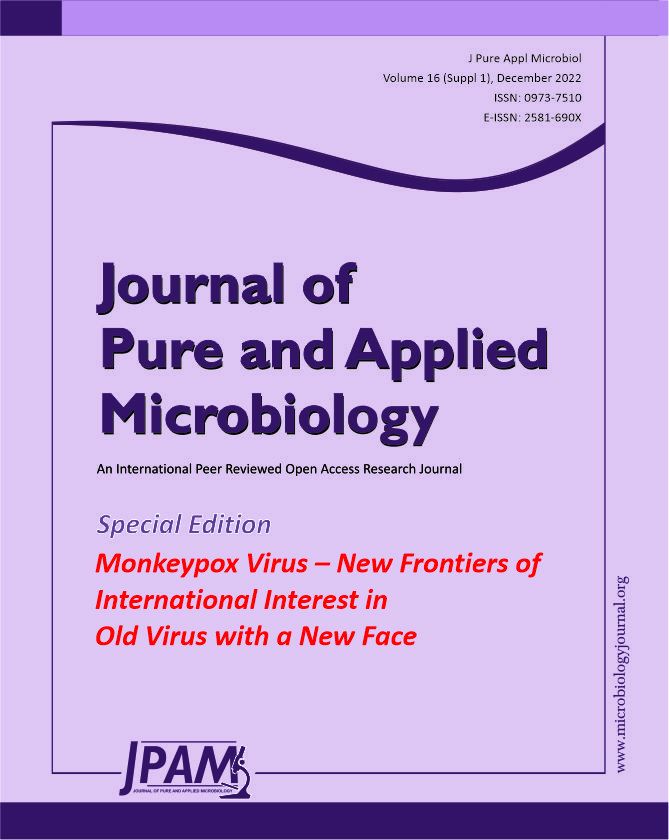Human monkeypox (MPX), a multi-country re-emerging disease, is rapidly spreading around the world. The etiological agent of this disease, Monkeypox virus (MPXV), is a DNA virus classified into three genetic types (West Africa, Congo Basin clade, and one new clade-3). Atypical or unusual symptoms as well as asymptomatic infection of MPXV has also been reported. Transmission among humans is possible by droplets, contact, sexual intercourse, and fomites. Secondary transmission of this disease has been reported to occur in less than 10% of cases where it was found 35%–88% of smallpox. Mother-to-fetus transmission by vertical route is also possible for this disease. Modern equipment, biosafety level-3 laboratory facilities, and trained expert persons are needed to diagnose this disease. Previous data support that ~85% clinical protection is provided by smallpox vaccines for monkeypox, although initially non-human primates models were used for various experiments, and also side-effects of this vaccine have been notably mentioned in various studies. Limited research findings of JYNNEOS vaccine has supported the comparatively lower prevalence of MPX cases with vaccination. Few drugs, including cidofovir, tecovirimat, brincidofovir, and vaccinia immune globulin intravenous are preferable against this disease, although clinical trial data is limited and FDA-approval is also pending. This review-based study presents an overall scenario of Monkeypox disease (MPXD) based on previously published studies. Recommended clinical treatment and vaccination, appropriate infection prevention and control strategies, adopting one health approach, and quick identification of hotspots using a wastewater-based surveillance system need to be followed to check the further spread of MPX outbreaks.
Monkeypox (MPX), Monkeypox Virus (MPXV), Epidemiology, Virology, Prevention and Control, Treatment, Vaccine, JYNNEOS Vaccine
© The Author(s) 2022. Open Access. This article is distributed under the terms of the Creative Commons Attribution 4.0 International License which permits unrestricted use, sharing, distribution, and reproduction in any medium, provided you give appropriate credit to the original author(s) and the source, provide a link to the Creative Commons license, and indicate if changes were made.


